by Penny Pawl
You have probably seen them in your doctor's office or as shade trees as you walked down a street in some tropical town, or even as a small house plant at the florist. What are they? Ficus benjamina or weeping fig. They can grow well in a shady spot or even in the house.
Ficus include the huge banyan trees on the Big Island of Hawaii, the fig tree you are growing in your garden for the fruit, rubber trees and the smaller ornamental ficus used as houseplants.
I have a large collection of ficus bonsai. Most of these are from trimmings taken as cuttings from my original trees.
Ficus root readily and right now I have one growing roots in my cloner, a device that washes the roots with water and stimulates them to grow. The ficus has been in the cloner less than two weeks and roots are sprouting.
The first ficus I purchased was at a nursery in Sebastopol and it was imported from China. It had been grown to be a bonsai. Then I began to find some ficus with narrow leaves or smaller leaves. These are called sports and they must be grown from cuttings for the leaves of the offspring to stay true to the parent. If grown from seed, the offspring may revert to the original leaf size. However, I have never had seeds on any of my plants. The leaves on most of the sports are much narrower than normal ficus leaves.
One of my favorite ficus came from Hawaii many years ago. A friend brought back a tiny plant and gave it to me. It is still tiny, about eight inches tall with hefty roots.
One of the things I love about ficus for bonsai is how quickly the roots develop and get really interesting. Old-looking surface roots are important in bonsai and help give the appearance of age, which is something this art form tries to achieve: young plants that look aged.
During the winter months, because they are tropical, I put all my ficus in my greenhouse to keep the roots from freezing. When spring arrives, I start moving them out so they don't overheat and so they get more sunlight. Ficus can be grown indoors, but because the leaves are looking for sunlight, they get bigger. If you keep them outside in filtered sunlight, the leaves stay small and more in keeping with bonsai rules.
Ficus do require a lot of grooming or leaf pruning. They tend to grow long branches and every few months require a good haircut. And that is how I end up with cuttings. Sometimes I prune out a branch and into the soil mixture it goes.
Another reason I enjoy working with ficus is that I can try different planting methods with them. Last spring I took a rooted cutting and spread the roots over a stone. I covered the entire stone with soil and put it in a large training pot to let the roots grow and cling to the stone. Eventually I will remove all the soil and plant the ficus in a bonsai pot. In the year that this ficus has been growing on the stone, the plant has tripled in size. I have also uncovered a root near the trunk that has increased in size.
I do not prune this little ficus because I want the tree to have a lot of growth and vigor. Eventually I will shape it and perhaps wire it. Now I am growing what are called sacrifice branches. They will be shortened or removed when I do the shaping.
Wiring is a bonsai technique used to shape the trunk and branches. Although copper wire is the choice of most bonsai enthusiasts, a lot of us use copper-coated aluminum which is easier to bend. Copper wire holds its shape better but also gets very rigid and has to be cut off a branch or trunk in small pieces. Aluminum wire can be re-used without baking it in a fire to soften the wire.
Ficus originated in Asia and have religious significance in some regions. Banyan trees are considered holy in Islam.
Ficus are not drought tolerant and need water and nutrients to keep them growing. I repot mine about every two years as the roots quickly fill the pots. And I use a soil-less bonsai mix so that the many rootlets have room to grow.
Napa Library Talks: First Thursday of each month. Register to get Zoom link. Thursday, January 7: Bare Root Basics.
Free Rose Pruning and Winter Care Workshop: Saturday, January 9. Register for the Zoom link.
Got Garden Questions? Contact our Help Desk. The team is working remotely so please submit your questions through our diagnosis form, sending any photos to mastergardeners@countyofnapa.org or leave a detailed message at 707- 253-4143. A Master Gardener will get back to you by phone or email. For more information visit http://napamg.ucanr.edu or find us on Facebook or Instagram, UC Master Gardeners of Napa County.
Attached Images:
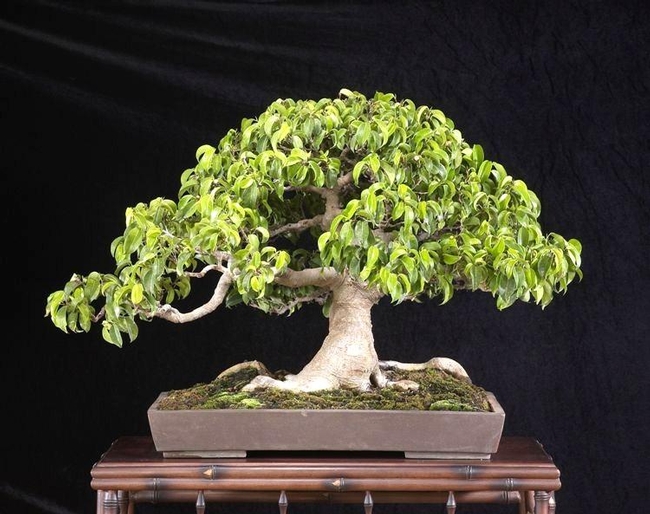
Weeping fig bonsai (ebay.com)

Lahaina Banyan tree, relative of Ficus benjamina (onlyinhawaii.org)
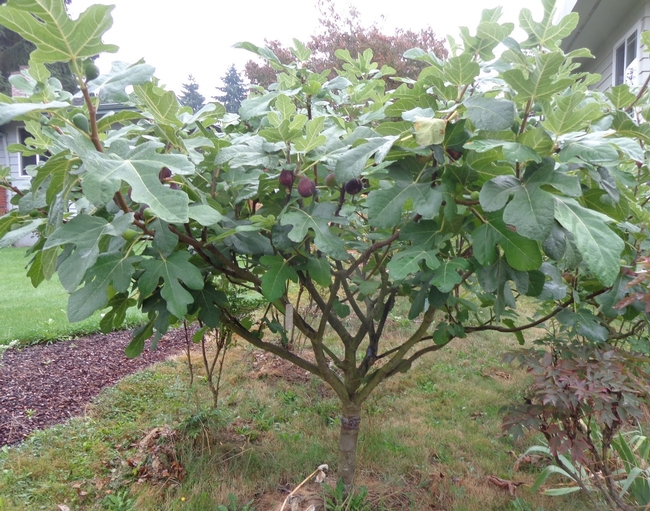
Garden fruit fig, relative of Ficus benjamina (growinggreener.blogspot.com)
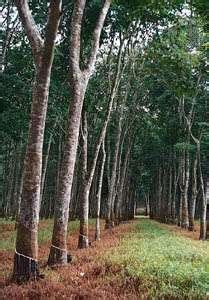
Ficus elastica (rubber tree), relative of Ficus benjamina (britannica.com)

Ficus lyrata (Fiddleleaf fig), relative of Ficus benjamina (plantz.com)
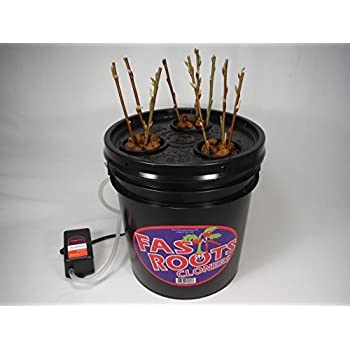
Root cloner, one of MANY kinds--we do not recommend any given product (amazon.com)
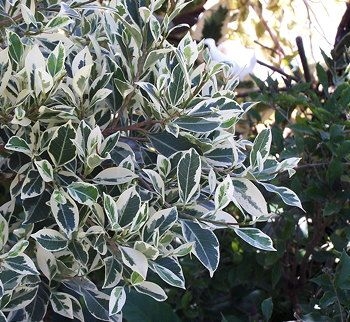
Ficus microcarpa, relative of Ficus benjamina (pinterest.com)
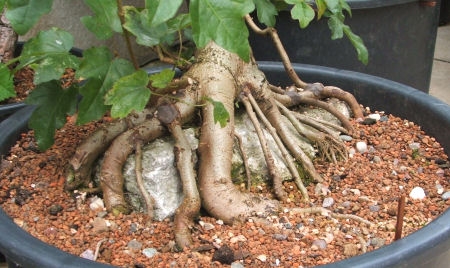
Bonsai roots spread over a stone (bonsai4me.com)
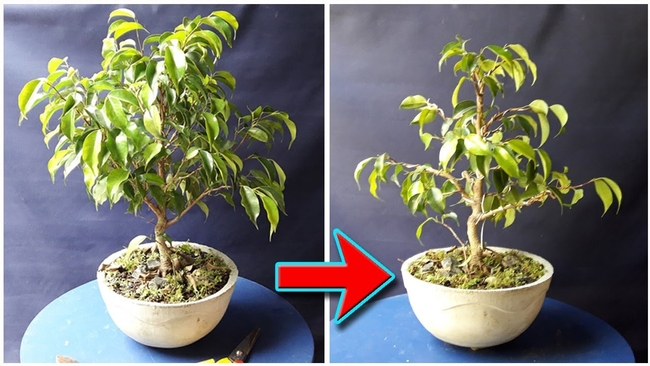
Wiring makes a difference (doovi.com)

Ficus bonsai (kuromatsubonsai.com)